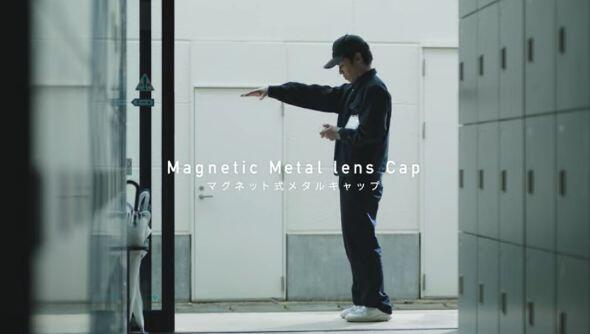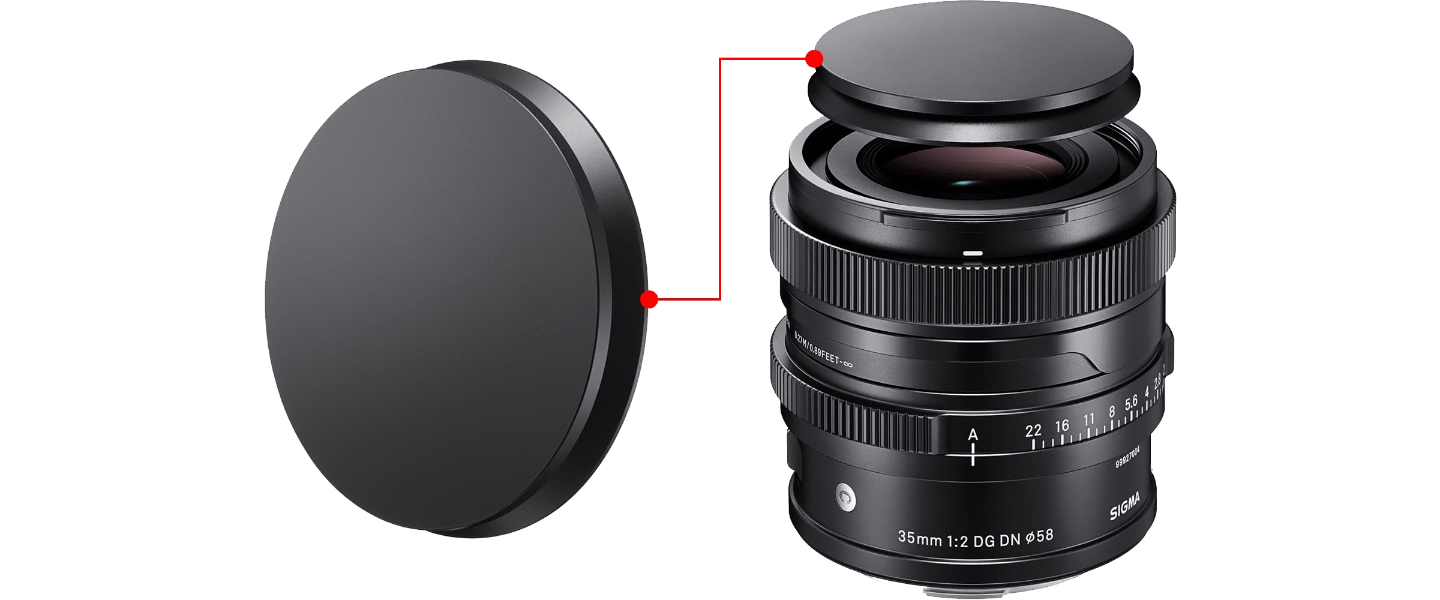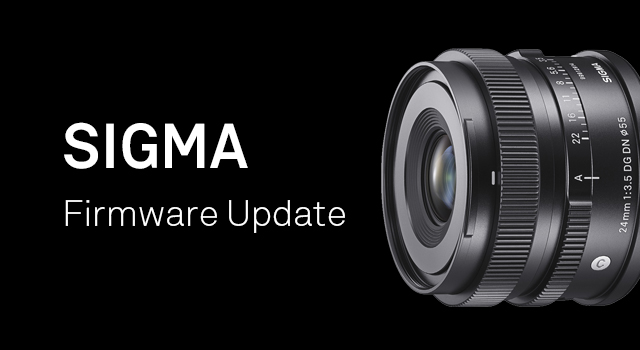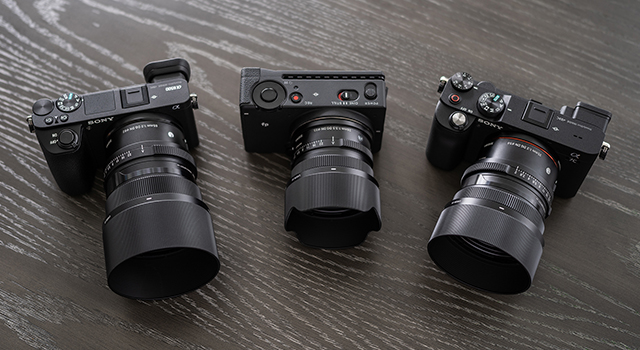SIGMA 65mm F2 DG DN | Contemporary

• 12 elementen in 9 groepen, met 1 SLD-glas en 2 asferische lenzen
• Snelle autofocus
• Stappenmotor
• Compatibel met lensgebaseerde optische correctie*
• Stof- en spatwaterdichte behuizing
• Ondersteunt DMF, AF-MF (alleen voor Sony E-mount)
• Supermeerlaagse coating
• Diafragmaring
• Scherpstelmodusschakelaar
• Compatibel met SIGMA USB DOCK UD-11 (apart verkrijgbaar / alleen voor L-Mount)
• Minimaliseert flare en ghosting
• 9-bladig afgerond diafragma
*Functie alleen beschikbaar op ondersteunde camera's. Beschikbare correcties kunnen variëren, afhankelijk van het cameramodel.
I series | A new photographic experience, “Premium Compact Primes”for mirrorless users
The Sigma I series features full-frame-compatible lenses that offer mirrorless users a new and better alternative, both in the experience of shooting with the lens and in the impressive results it is able to achieve.
One of the key advantages of mirrorless cameras is their smaller form-factor, and this new 65mm optic is designed to be perfectly matched to these more compact systems without sacrificing performance. This combination of superb optical quality with exceptional portability, not previously possible with DSLR systems, will bring new opportunities to this and future generations of photographers.
Simultaneously, Sigma is aware that, in this day and age when we have such huge diversity when it comes to what we use to photograph, as represented by smartphones, people look for something more than a mere act of “taking pictures” when they choose to own a camera and lenses.
Sigma’s excellence in development and processing technologies has been built up since its founding in 1961, and has become further sophisticated with the introduction of the Sigma Global Vision in 2012. With this as a base, Sigma has given careful thought how photographers use and enjoy their lenses, including optical design, advanced functionality, build quality and the experience of picking up and using the lens, and with all of this carefully considered, the I series was born.
New standards ofoptical performance for the Contemporary line
The 65mm F2 DG DN | Contemporary brings to the table the highest level of optical performance at a maximum aperture of F2 with a lens body of a size that matches a mirrorless system.
Axial chromatic aberration, which tends to be noticeable with medium and telephoto lenses and cannot be effectively reduced in-camera, is corrected thoroughly with the use of SLD glass, allowing it to capture sharp details. A pair of glass-molded aspherical lenses is used to correct spherical and comatic aberration, as well as astigmatism, while also helping make the lens configuration smaller in size. A combination of the latest optical design with advanced processing technology that brings life to the former gives the 65mm F2 DG DN | Contemporary its excellent optical performance as well as compact size.
In addition to the beautiful bokeh effect thanks to the control of spherical aberration, the reduced vignetting effects help curb lemon-shaped or swirly bokeh and give photographers greater control over the out of focus areas of their images. On top of it all, the Sigma-standard anti-ghosting and anti-flare technology ensures high-end performance in backlit conditions.
Exceptional I series build quality with a compact form-factor


*Mold for aspherical glass molded lenses
Exceptional I series build quality with a compact form-factor
All I series lenses have an all-metal construction. The precision-cut aluminum parts not only give the barrel a sleek, stylish finish, but provide superb durability, which improves the quality of the entire product. Metal materials are also used in internal structures that slide with the operation ring for added robustness. These high-precision components crafted with Sigma’s cutting-edge metalworking technology are also used in Sigma’s cine lens line-up for professional cinematographers and provides an exquisite feel to touch as well as sound effects, making photographers want to reach for it and play with it over and over again.


The cover ring between the focus ring and the aperture ring has hairline processing that is also used for the rear cylinder of the Art line. This covering functions as a finger hold when attaching or detaching the lens.
Magnetic metal lens cap holder LENS CAP HOLDER CH-11 (sold separately)
When a cap is removed from the lens it should have a proper place where it can be kept. Using this as a starting point, a cap holder using the magnetic force of the dedicated cap was created.
With the cap attached to the ring plate, and the plate clipped to a bag or belt, the cap is always within easy reach and is less likely to get lost. Plus, its elegant design is a stylish addition to a photographer’s equipment.


| Productlijn | Contemporary | |
|---|---|---|
| Youtube Videos | ||
| Youtube Channel Link | https://www.youtube.com/channel/UCj0Y0mbE0gdB3Ou4zxeWeoQ | |
| Instagram Widget | ||
| Klevu Image | /p/r/product_img01_9_3.png | |
| Lensconstructie | 12 elements in 9 groups | |
| Lens Type | Telephoto | |
| Beeldhoek | 36.8° | |
| Aantal diafragmalamellen | 9 (Rounded diaphragm) | |
| Minimaal diafragma | F22 | |
| Minimale scherpstelafstand | 55cm | |
| Maximale vergroting | 1:6.8 | |
| Afmetingen (diameter x lengte) | L-Mount ⌀ 72mm x 74.7mm |
|
| Gewicht (gram) | 405g | |
| Filtermaat | 62mm | |
| Edition number | C020 | |
| Accessoires | Magnetic metal lens cap FRONT CAP LCF62-01M, Lens Hood (LH636-01) included | |
| EAN-code | L-Mount 085126353698 |
|
I series | A new photographic experience, “Premium Compact Primes”for mirrorless users
The Sigma I series features full-frame-compatible lenses that offer mirrorless users a new and better alternative, both in the experience of shooting with the lens and in the impressive results it is able to achieve.
One of the key advantages of mirrorless cameras is their smaller form-factor, and this new 65mm optic is designed to be perfectly matched to these more compact systems without sacrificing performance. This combination of superb optical quality with exceptional portability, not previously possible with DSLR systems, will bring new opportunities to this and future generations of photographers.
Simultaneously, Sigma is aware that, in this day and age when we have such huge diversity when it comes to what we use to photograph, as represented by smartphones, people look for something more than a mere act of “taking pictures” when they choose to own a camera and lenses.
Sigma’s excellence in development and processing technologies has been built up since its founding in 1961, and has become further sophisticated with the introduction of the Sigma Global Vision in 2012. With this as a base, Sigma has given careful thought how photographers use and enjoy their lenses, including optical design, advanced functionality, build quality and the experience of picking up and using the lens, and with all of this carefully considered, the I series was born.
New standards ofoptical performance for the Contemporary line
The 65mm F2 DG DN | Contemporary brings to the table the highest level of optical performance at a maximum aperture of F2 with a lens body of a size that matches a mirrorless system.
Axial chromatic aberration, which tends to be noticeable with medium and telephoto lenses and cannot be effectively reduced in-camera, is corrected thoroughly with the use of SLD glass, allowing it to capture sharp details. A pair of glass-molded aspherical lenses is used to correct spherical and comatic aberration, as well as astigmatism, while also helping make the lens configuration smaller in size. A combination of the latest optical design with advanced processing technology that brings life to the former gives the 65mm F2 DG DN | Contemporary its excellent optical performance as well as compact size.
In addition to the beautiful bokeh effect thanks to the control of spherical aberration, the reduced vignetting effects help curb lemon-shaped or swirly bokeh and give photographers greater control over the out of focus areas of their images. On top of it all, the Sigma-standard anti-ghosting and anti-flare technology ensures high-end performance in backlit conditions.
Exceptional I series build quality with a compact form-factor


*Mold for aspherical glass molded lenses
Exceptional I series build quality with a compact form-factor
All I series lenses have an all-metal construction. The precision-cut aluminum parts not only give the barrel a sleek, stylish finish, but provide superb durability, which improves the quality of the entire product. Metal materials are also used in internal structures that slide with the operation ring for added robustness. These high-precision components crafted with Sigma’s cutting-edge metalworking technology are also used in Sigma’s cine lens line-up for professional cinematographers and provides an exquisite feel to touch as well as sound effects, making photographers want to reach for it and play with it over and over again.


The cover ring between the focus ring and the aperture ring has hairline processing that is also used for the rear cylinder of the Art line. This covering functions as a finger hold when attaching or detaching the lens.
Magnetic metal lens cap holder LENS CAP HOLDER CH-11 (sold separately)
When a cap is removed from the lens it should have a proper place where it can be kept. Using this as a starting point, a cap holder using the magnetic force of the dedicated cap was created.
With the cap attached to the ring plate, and the plate clipped to a bag or belt, the cap is always within easy reach and is less likely to get lost. Plus, its elegant design is a stylish addition to a photographer’s equipment.


LENS CONSTRUCTION
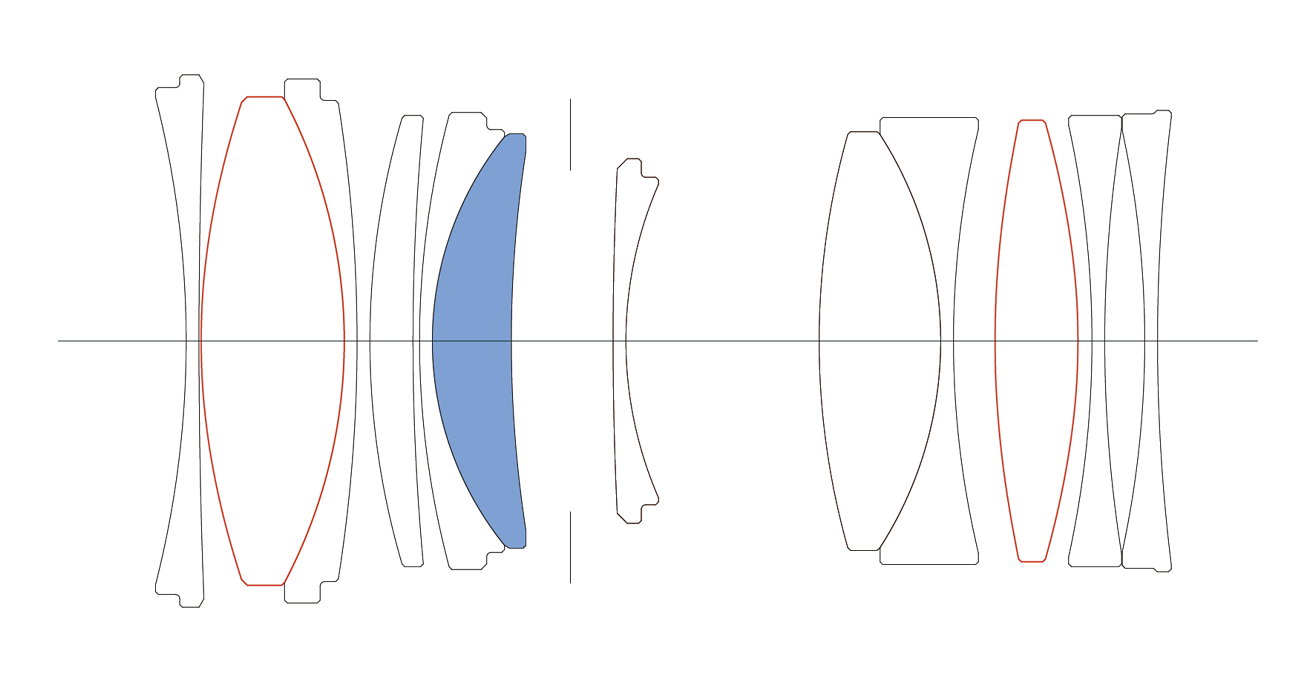

GEOMETRICAL MTF Chart
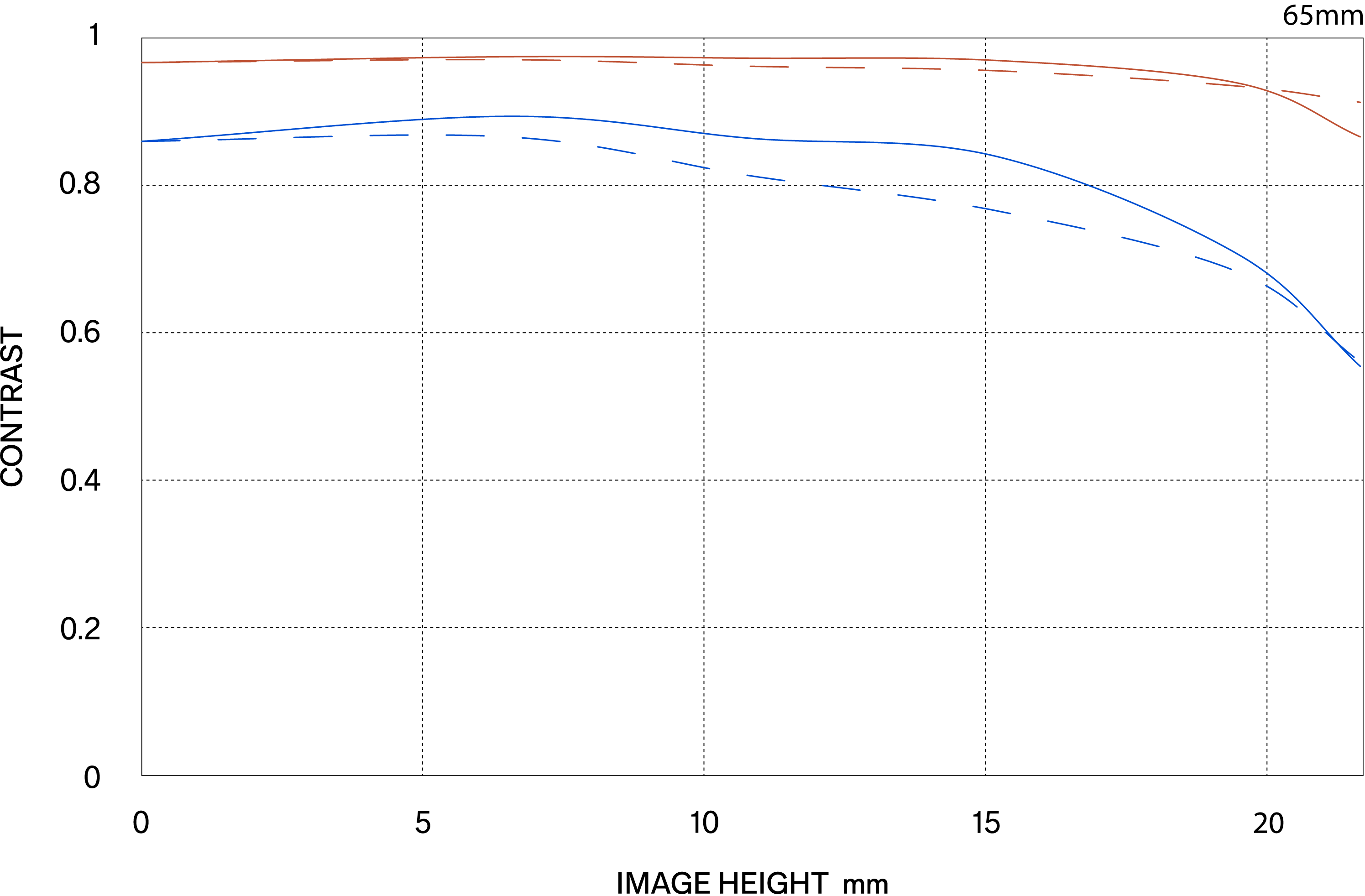

DIFFRACTION MTF CHART
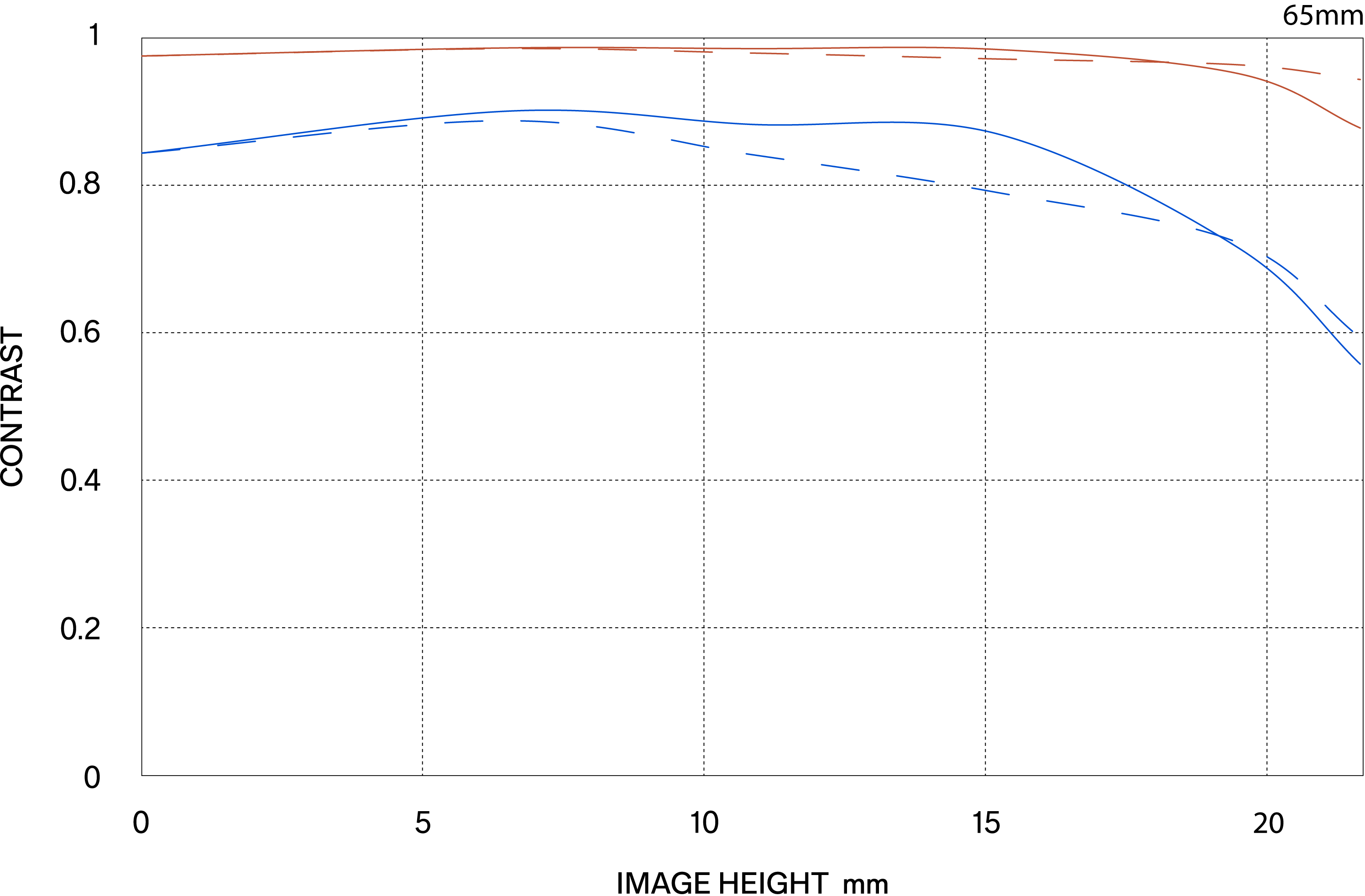

Stepping Motor
The lens is capable of smooth, quiet and high-speed AF made possible by a stepping motor, as well as supports Face/Eye Detection AF and video AF.
Mount with Dust and Splash Resistant Structure
The lens mount incorporates rubber sealing to protect the mount from dust and water drops.
Super Multi-Layer Coating
SIGMA's own Super Multi-Layer Coating suppresses flare and ghosting by preventing reflections with in the lens. All lenses in the current SIGMA range feature this original technology. In digital cameras, flare and ghosting may also be caused by reflections between the image sensor and lens surfaces. Here too, SIGMA's Super Multi-Layer Coating is highly ef fective, assuring images of outstanding contrast.
Aperture ring
Aperture ring, designed to help users work intuitively
Focus Mode Switch
Using this swich, it is possible to switch the focus mode between AF and MF.
Linear focus / Non-linear focus (for L-Mount only)
A focus movement method of interchangeable lenses for mirrorless cameras (DN lens) in relation to the rotational angle of the focus ring during manual focusing.
With "non-linear focus," the amount of focal point movement varies depending on the focus ring rotational speed.
With linear focus, if the focus ring rotational angle is the same, the amount of focal point movement remains the same regardless of the focus ring rotational speed.
High-precision, rugged brass bayonet mount
The brass mount combines high precision with rugged construction. Its treated surfaces and enhanced strength contribute to the exceptional durability of the lens.
Rounded diaphragm
The polygonal shape of a conventional iris dia phragm causes out-of-focus light points to appear polygonal. A rounded diaphragm is designed to pro duce rounded out-of-focus light points when opened to near maximum aperture. This creates attractive bokeh effects in many situations, such as when pho tographing a subject against an out-of-focus surface of water from which light is being reflected.
Exclusive low-dispersion glass
The degree to which light is refracted by glass depends on the light's wavelength. This fact causes different colors of light to focus at slightly different points. The result is chromatic aberration, the color fringing that is particularly noticeable in telephoto lenses. Most chromatic aberration can be removed by combining a high-refractivity convex lens element with a low-refractivity concave element. Yet residual chromatic aberration known as "secondary spectrum" may still remain. To minimize this secondary spectrum, which can be a serious issue with conventional lenses, SIGMA lenses feature up to three types of exclusive low-dispersion glass offering superior performance: ELD (Extraordinary Low Dispersion), SLD (Special Low Dispersion) and FLD ("F" Low Dispersion). In particular, FLD glass offers ultra-low dispersion in combination with high transmittance and the anomalous dispersion characteristics of fluorite. Meticulous deployment of these types of exclusive low-dispersion glass and optimization of power distribution gives SIGMA lenses superlative image rendition undiminished by residual chromatic aberration.
Lens construction: 12 elements in 9 groups, with 1 SLD glass and 2 aspherical lenses
Compatible with high-speed autofocus
Lens Hood
Compatible with SIGMA USB DOCK UD-11 (sold separately / for L-Mount only)
Supports DMF, AF+MF
Inner focus
9-blade rounded diaphragm
High-precision, durable brass bayonet mount

